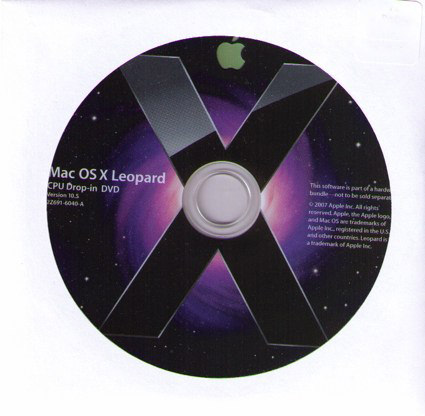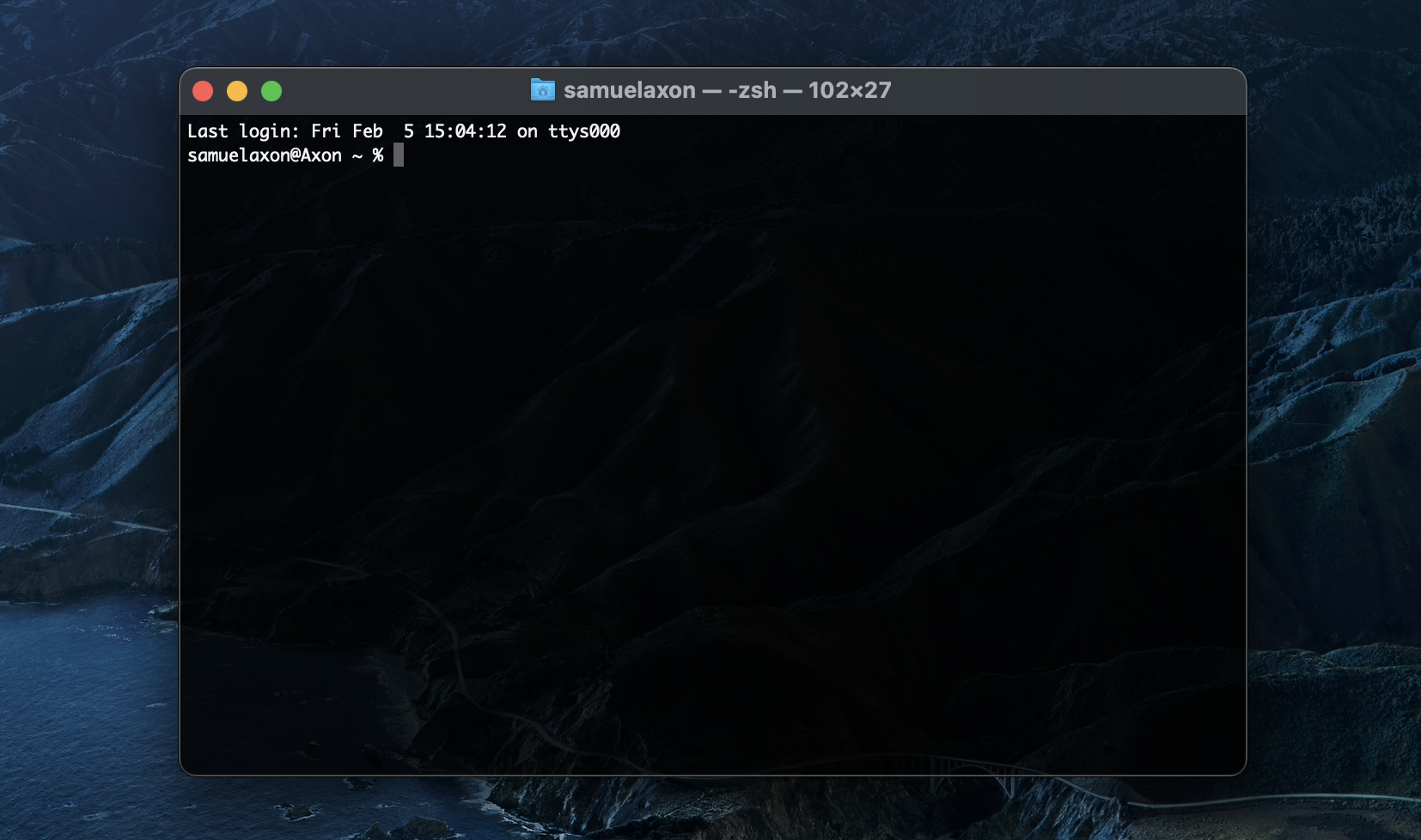Lime Suite is a collection of software supporting several hardware platforms including the LimeSDR, drivers for the LMS7002M transceiver RFIC, and other tools for developing with LMS7-based hardware. Installing the Lime Suite enables many SDR applications such as GQRX to work with supported hardware through the bundled SoapySDR support module.
This wiki page will guide users through available binary packages, obtaining dependencies, compiling the suite, basic testing with hardware, and upgrading firmware.
Then run the brew install octave command again. Note: If brew complains about not having a formula for octave, the following command should fix it: brew tap -repair. The command below upgrades Octave and its dependencies to the latest Homebrew-supported versions: brew update && brew upgrade octave. Open your terminal and install Git using Homebrew: $ brew install git; Verify the installation was successful by typing which git -version: $ git -version git version 2.9.2; Configure your Git username and email using the following commands, replacing Emma's name with your own. These details will be associated with any commits that you create.
Please note that you should either install Lime Suite via a pre-built package/installer (2) or build it from source (3) and not do both.
- Interested in software or hardware development? Learn more about the Lime Suite driver architecture.
OSX will know that you do not have the command line tools and prompt you to install them! To check if they exist, xcode-select -p will print the directory. Alternatively, the return value will be 2 if they do NOT exist, and 0 if they do. # Homebrew brew install gpatch brew install opam # MacPort port install opam. See also howto setup Emacs.app for Opam usage. Versions 18.04 and newer. There is a ppa available that contains the current stable version of opam. Add-apt-repository ppa:avsm/ppa apt update apt install opam Versions older than 18.04. Use the binary distribution. Brew tap pothosware/homebrew-pothos brew update brew install limesuite. Windows only, OSX and Linux users do not need to install drivers for USB support.
- 2Installers and packages
- 3Building from source
- 3.1Get the dependencies
- 3.2Building LimeSuite
- 4Hardware notes
- 4.1LimeSDR-USB
1 Supported hardware
- STREAM with LMS7002M UNITE (EVB7)
- LMS7002M UNITE (EVB7) through COM port
- Novena Laptop with LMS7 RF board
2 Installers and packages
We have support for a select number of platforms and package managers. If your platform isn't supported, follow the next sections for getting the dependencies and building LimeSuite.
Note: either install Lime Suite via a package/installer or source code and do not do both!
2.1 Ubuntu PPA
The drivers PPA for Ubuntu has a recent build of LimeSuite:
We currently package for Ubuntu releases:
- 16.04
- 18.04
- 18.10
2.2 Windows
LimeSuite is bundled with the PothoSDR development environment to use supported hardware in an ecosystem of SDR applications like GQRX, Pothos, CubicSDR, and GNU Radio.
Install Brew On Mac Big Sur
2.3 OSX homebrew
The pothosware homebrew tap has a build recipe for LimeSuite. Also checkout the dholm homebrew tap for other SDR related software. To install LimeSuite:

- install the Xcode Command Line Tools,
- then install homebrew from http://brew.sh/,
- and run the following commands:
3 Building from source
Note: either install Lime Suite via a package/installer or source code and do not do both!
3.1 Get the dependencies
Before building LimeSuite from source, several dependencies must be installed. However, the dependencies required change based on how much of the suite will be used. LimeSuite will automatically try and build all components that it can satisfy the dependencies for. The following table is a guide to the the requirements for various components.
| Component | Dependencies | Notes |
|---|---|---|
| Build system | Git & CMake | |
| Core library | sqlite3 | Has embedded copy for windows |
| LMS7 GUI | wx widgets & OpenGL | Has embedded GL for windows |
| LimeSDR | libusb 1.0/CyAPI | Use CyAPI for windows |
| NovenaRF7 | i2c and spi dev | Linux only device |
| SoapyLMS7 | SoapySDR | SDR app ecosystem support |
3.1.1 Ubuntu
3.1.2 Other Linux distributions
Ubuntu derivatives should be able to use the same instructions above.
Other distributions, e.g. RPM-based, will not be able use the myriadrf/drivers PPA, and O/S packaged dependencies may be different versions and use slightly different naming. However, it should be possible to use the above as a guide and it is likely that, at the most, SoapySDR would have to be built from source.
3.1.3 Windows
Users building LimeSuite on windows will need a recent visual studio compiler, preferable 2015. Other dependencies can be obtained from the following download links:
- Git for windows - https://git-for-windows.github.io/
- CMake - https://cmake.org/download/
- wxWidgets - https://www.wxwidgets.org/downloads/
- CyUSB - http://www.cypress.com/documentation/software-and-drivers/ez-usb-fx3-software-development-kit
- It may be easier to download 'cy_ssusbsuite_*.zip' rather than the full SDK
3.2 Building LimeSuite
3.2.1 Unix makefiles
The following commands will clone the LimeSuite repository, configure the project using CMake, build the project, and install it. The output of the cmake command will show enabled and disabled components. Pay careful attention to this before building with make.

Linux-only post install step: Install the udev rules to enable non-root users to access usb-based devices like the LimeSDR:
3.2.2 Visual Studio
Install Brew On Mac Mojave
After installing the dependencies, open a cmd prompt and run the following command to clone the repository:
Complete command line example with cmake for MSVC 2015 64-bit (your dependency directories may vary):
Or use cmake-gui to configure and generate the visual studio project solution. After generating, open the Visual Studio solution file and run the build target.
4 Hardware notes

4.1 LimeSDR-USB
The following post-install tasks are designed to get users up and running with the LimeSDR USB 3.0 device. Lets check that any necessary drivers are installed and that the LimeSuite utilities can find the LimeSDR attached to your system. We will also cover using the LMS7 GUI to update the firmware and FPGA images stored in the board's flash memory.
4.1.1 USB driver
Install Brew On Mac Zsh
Windows only, OSX and Linux users do not need to install drivers for USB support. Download the LimeSDR USB driver and unzip the package. LimeSDR should appear as an unrecognised device in the device manager. Use the device properties dialogue to specify the path to the LimeSDR USB drivers directory. Once the proper directory is specified, the driver installation should complete successfully.
4.1.2 Device enumeration
Open the lms7suite GUI and check for the LimeSDR in the connection settings dialogue:
Install Brew On Osx Mojave
From the command line run LimeUtil to get a list of available devices:
Similarly, when working with SDR ecosystem applications, its also good to verify that the LimeSDR can be found by SoapySDRUtil:
4.1.3 Flashing images
You may need to update the FX3 firmware or FPGA bitstream stored in the flash memory of the LimeSDR. Using the programming dialogue, LimeSuiteGUI can automatically download and flash the correct images on the LimeSDR.
- Users may also obtain the image binaries manually by visiting downloads.myriadrf.org
| ||||||||
